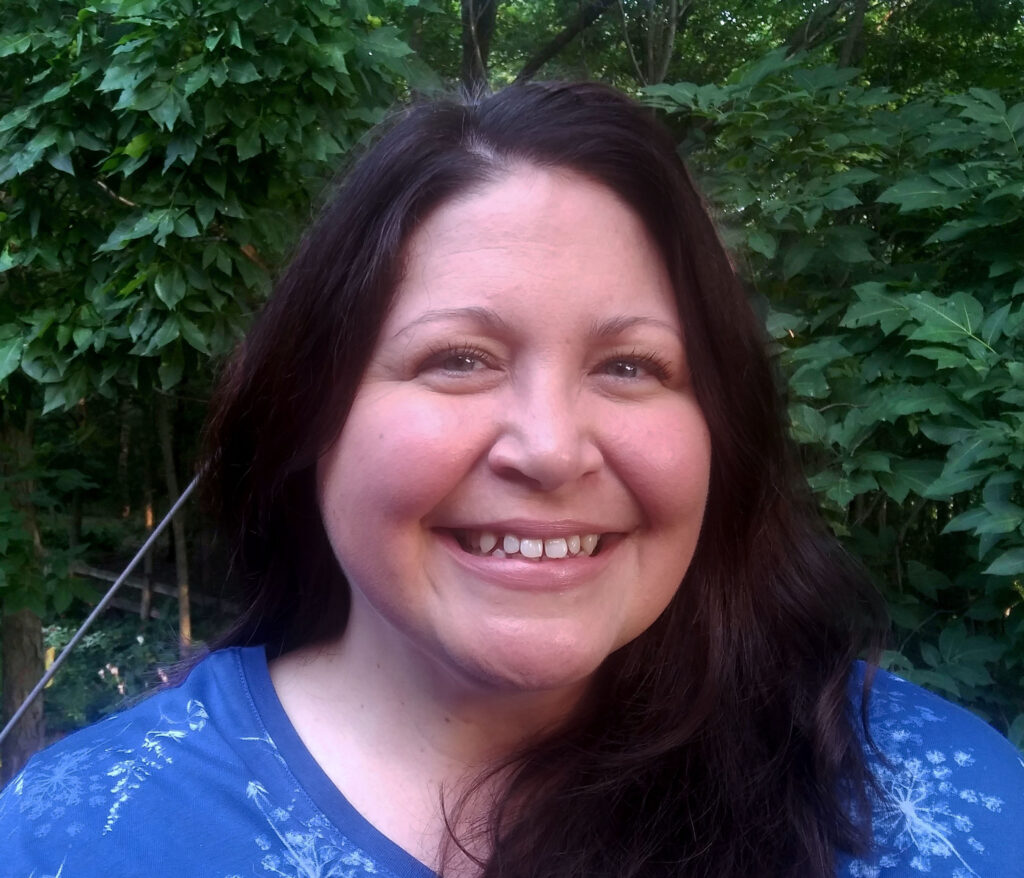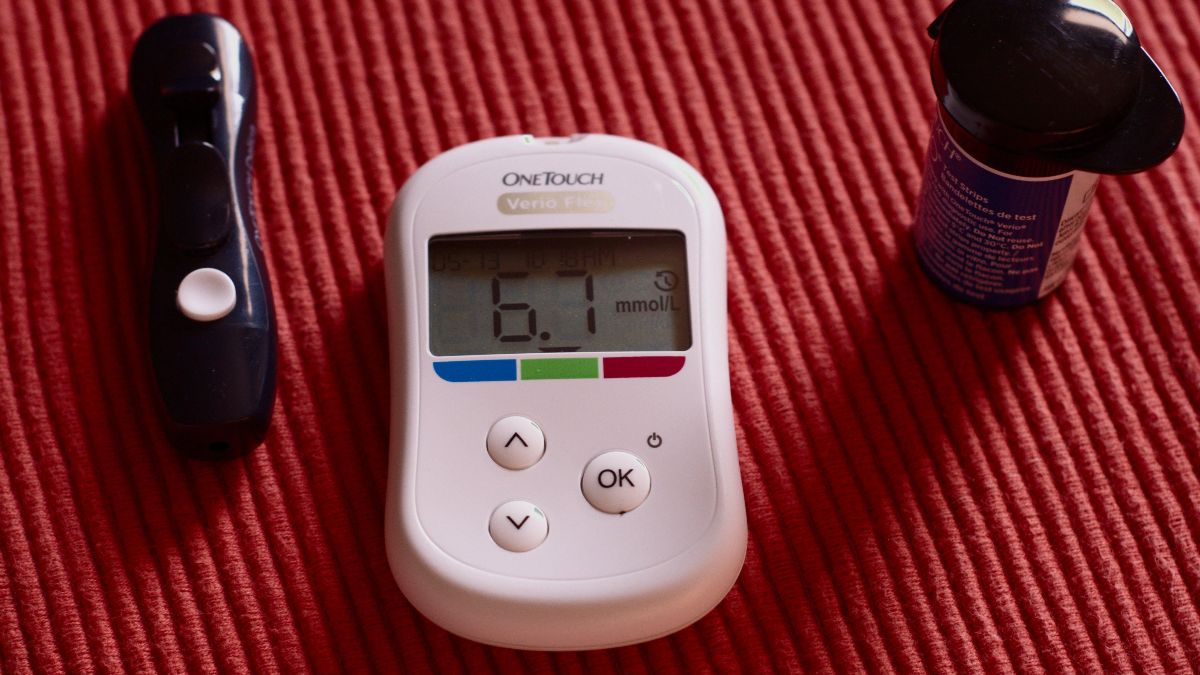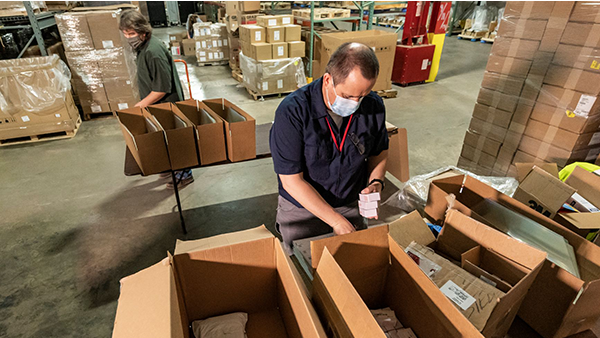As part of a national public health lab, we put the quality of our partnerships with clinical labs at the forefront of our work for laboratory improvement. WSLH PT is a people place, this includes the people who help make the programs and the day-to-day operations at WSLH Proficiency Testing run smoothly. We could not do what we do for laboratory quality without our dedicated team. We would like to take this moment to recognize Judy Nichols, Mike Argall, and Kristine Hansbery, three amazing individuals who bring a lot of knowledge, skills, and the camaraderie with them to the office.
Judy Nichols
Meet Judy Nichols. Judy is a Technical Coordinator for Blood Gas Chemistries, Coagulation, Environmental Reference Certification (WI), QC Standards, and Water Microbiology. Before coming to WSLH PT, Judy worked as an AACC Certified Point-of-Care (POC) consultant for 4 acute care centers in Illinois, where she oversaw their POC testing. She received her Bachelors of Science degree in Medical Technology at Marquette University in Milwaukee, Wisconsin. She says that the people and the greater flexibility in her schedule are what she likes most about working at WSLH PT. When she is not at work, Judy enjoys gardening, reading, travel, and music festivals. Most of her friends and loved ones would describe her as silly, but dependable, independent, and stubborn (in the best way possible). This summer, she’s been enjoying spending time with her kids, and helping them get ready for their second year of college. Oh, how the time flies!
Mike Argall
Meet Mike Argall. Mike serves as the Technical Supervisor for WSLH Proficiency Testing, where he oversees a technical staff of 7 Medical Laboratory Professionals. Before coming to WSLH PT, Mike worked as a bench tech and technical supervisor for three different clinical labs. Mike gains a lot of satisfaction at work when he and the rest of his team at WSLH PT can provide a service that really helps a client. When Mike isn’t working, he enjoys spending time with his wife and three children. If Mike had to eat one thing for the rest of her life, it would probably be burritos! Mike has lived in Wisconsin his entire life. He always looks forward to spending time on the lake with his family and friends, boating, fishing, and just enjoying the scenery.
 Kristine Hansbery
Kristine Hansbery
Meet Kristine Hansbery, Director of WSLH Proficiency Testing. As Director, Kristine works to encourage all laboratories to participate in proficiency testing programs, with the understanding that proficiency performance aides laboratories in identifying issues with testing protocols that could affect patient care and safety. Kris and four sisters grew up on a dairy farm in Wisconsin. As children, they learned that their Father had cancer; so she and her sisters spent a lot of time at hospitals hoping for answers. Kris learned to appreciate the dedication and heartache that came with being a healthcare provider. In fact, she and her two younger sisters would end up working in healthcare. College was great at Michigan State, and her internship at Henry Ford in Detroit taught her a lot. Before stepping into her role as Director of WSLH Proficiency Testing, Kris worked for 30 years as a Medical Technologist in hospitals all over the United States. “My biggest take away is though we all want to do our best; sometimes we need a reminder of the link between what we do in the laboratory and how it impacts real people and their families,” she said. When Kris isn’t working, she loves to spend time with her family, her cat Voodoo, and her horse, Grace. Right now, she enjoys preparing for her new home in Mexico, where she hopes to retire in the future.

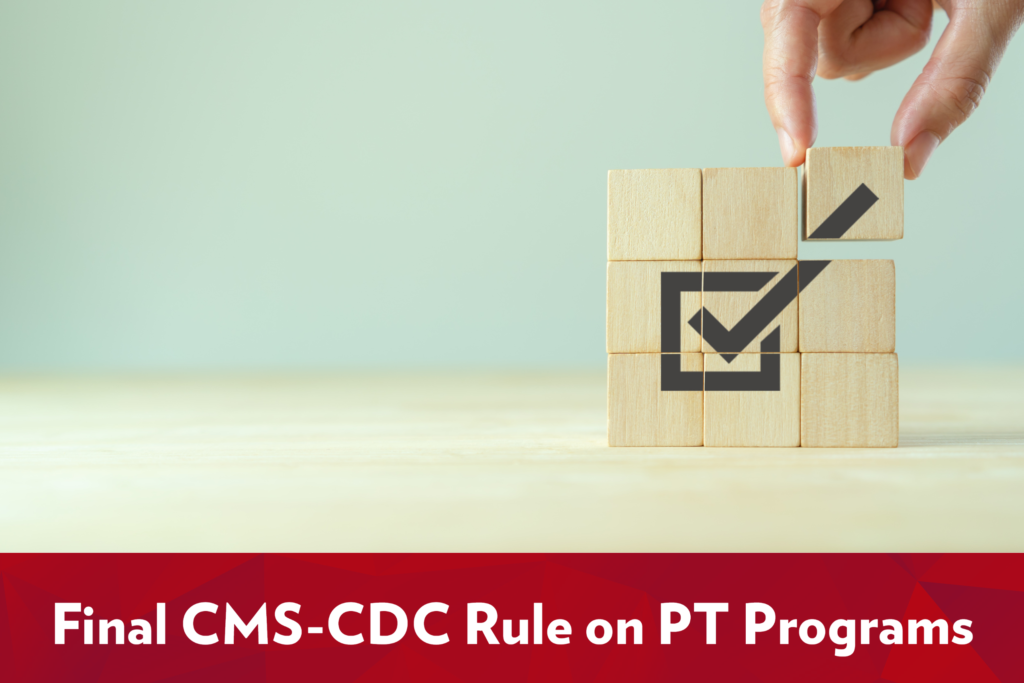 On July 11, 2022, CMS and CDC issued a final rule [CMS-3355-F] to update proficiency testing (PT) regulations related to analytes, acceptable performance for laboratories, and administrative processes for proficiency testing programs established under the Clinical Laboratory Improvement Amendments of 1988 (CLIA). The final PT rule considers improvements in accuracy and precision of testing since 1992 and new and emerging technologies.
On July 11, 2022, CMS and CDC issued a final rule [CMS-3355-F] to update proficiency testing (PT) regulations related to analytes, acceptable performance for laboratories, and administrative processes for proficiency testing programs established under the Clinical Laboratory Improvement Amendments of 1988 (CLIA). The final PT rule considers improvements in accuracy and precision of testing since 1992 and new and emerging technologies.
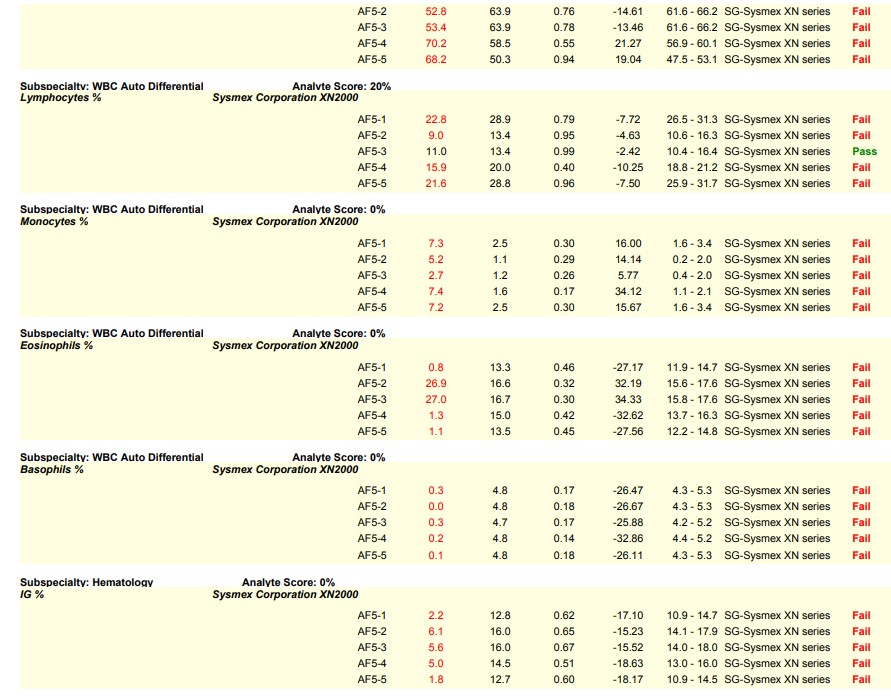
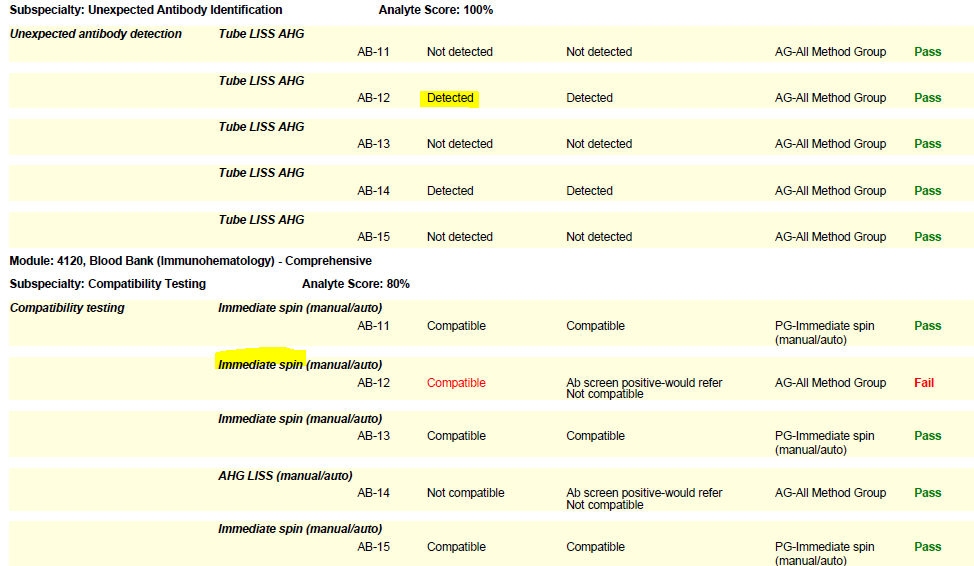

 Meet Tracy Servey! Tracy is a Medical Technologist and Proficiency Testing Coordinator for WSLH Proficiency Testing. Hailing from the Mid-Atlantic region of the United States, Tracy grew up in Meadville, Pennsylvania. Upon graduating high school, Tracy attended college at the Clarion University of Pennsylvania and at the St. Vincent School of Medical Technology, graduating with the class of 1997.
Meet Tracy Servey! Tracy is a Medical Technologist and Proficiency Testing Coordinator for WSLH Proficiency Testing. Hailing from the Mid-Atlantic region of the United States, Tracy grew up in Meadville, Pennsylvania. Upon graduating high school, Tracy attended college at the Clarion University of Pennsylvania and at the St. Vincent School of Medical Technology, graduating with the class of 1997.
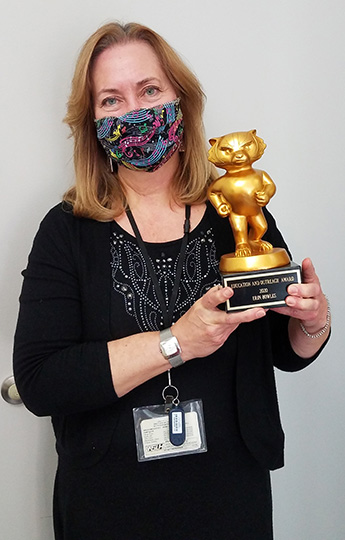 As a clinical lab professional, Erin participated in the WSLH’s Virology and TB Networks. She remembers the first outreach to the clinical laboratories when Pete Shult, then director of the Communicable Disease Division (CDD) at WSLH, and Carol Kirk, the original WCLN Coordinator, developed the WCLN. When the WSLH was hiring an assistant WCLN coordinator, Erin was intrigued. Erin actually heard about the job through a fax that came across her desk; as many of us may remember, this was during a time when fax machines were more commonly used than today.
As a clinical lab professional, Erin participated in the WSLH’s Virology and TB Networks. She remembers the first outreach to the clinical laboratories when Pete Shult, then director of the Communicable Disease Division (CDD) at WSLH, and Carol Kirk, the original WCLN Coordinator, developed the WCLN. When the WSLH was hiring an assistant WCLN coordinator, Erin was intrigued. Erin actually heard about the job through a fax that came across her desk; as many of us may remember, this was during a time when fax machines were more commonly used than today.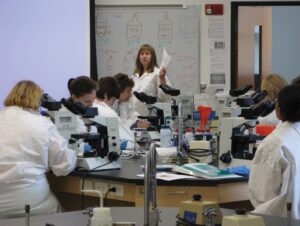 Erin adds that WSLH PT’s educational bioterrorism preparedness exercise also helps laboratory professionals become more mindful of the longer 48-to-72 hour slow growth typical of hazardous pathogens, like Brucella sp. or Francisella sp. Most pathogens you encounter typically grow in about 24 hours.
Erin adds that WSLH PT’s educational bioterrorism preparedness exercise also helps laboratory professionals become more mindful of the longer 48-to-72 hour slow growth typical of hazardous pathogens, like Brucella sp. or Francisella sp. Most pathogens you encounter typically grow in about 24 hours.
